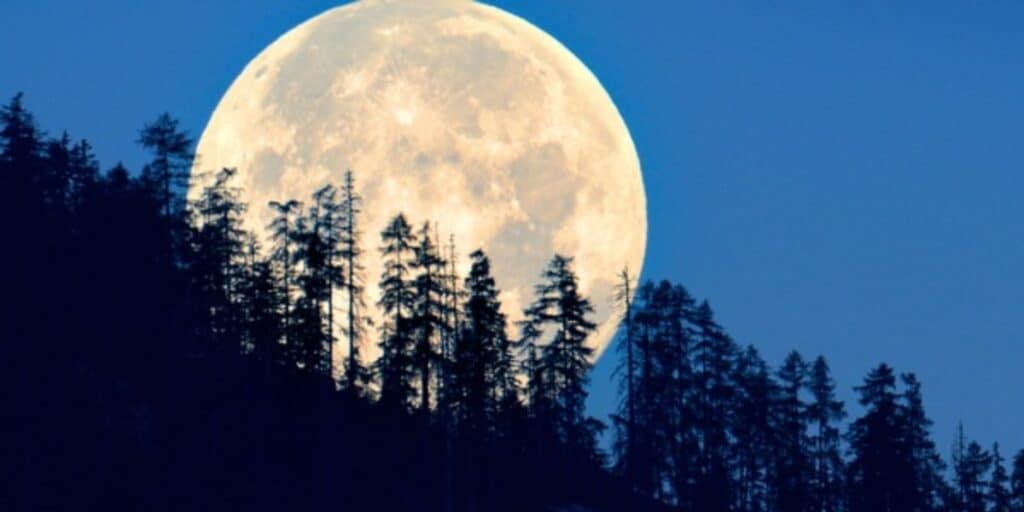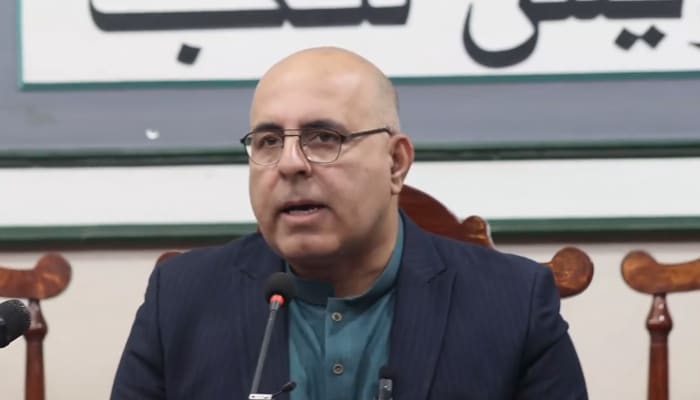Quetta — The first supermoon of the year illuminated the night sky in Quetta, just as it did across Pakistan and around the world, according to the Space and Upper Atmosphere Research Commission (SUPARCO).
SUPARCO reported that the Moon was positioned approximately 224,600 miles from Earth. Today’s supermoon appeared 6.6% larger and 13% brighter than an average full moon. The phenomenon also coincided with the planet Saturn, appearing close to it in the night sky, creating a beautiful celestial view that captured the attention of skywatchers.
The space agency added that two more supermoons will be visible later this year — on November 5 and December 5 — providing more opportunities for stargazing enthusiasts to witness this spectacular event.
A supermoon occurs when the Moon’s orbit brings it closest to Earth, a point known as perigee, coinciding with the full moon phase.
This proximity makes the Moon appear noticeably larger and brighter than usual.
The distance between Earth and the Moon varies because the Moon’s orbit is elliptical — not a perfect circle — meaning it sometimes appears closer (perigee) and sometimes farther (apogee).
Supermoons typically occur three to four times a year, each separated by roughly one lunar month (about 29.5 days).
They can be observed worldwide, depending on weather and sky conditions.
The most striking views are often seen in regions with clear skies and minimal light pollution — such as deserts, mountains, and coastal areas.
In Pakistan, the best visibility is usually reported from Quetta, Karachi, Islamabad, and northern regions like Hunza and Skardu, where the clear atmosphere enhances the moon’s brilliance.
Astronomers describe the supermoon as a stunning reminder of the Moon’s close relationship with Earth.
During this phase, the Moon not only appears larger and brighter but also affects natural phenomena such as ocean tides, which become slightly stronger due to the Moon’s increased gravitational pull.
Many cultures around the world associate the supermoon with celebration, reflection, and renewal, as its brilliance lights up the night sky more vividly than usual.
In Quetta and other parts of Pakistan, skywatchers gathered in open areas and on rooftops to witness the celestial event, capturing photos and videos of the glowing supermoon beside Saturn.
ALSO READ: Tonight Lunar Eclipse to grace Pak’s Night sky on Sept 7
Experts have advised astronomy enthusiasts to use binoculars or telescopes for a clearer view of the Moon’s surface and its craters during such events.





